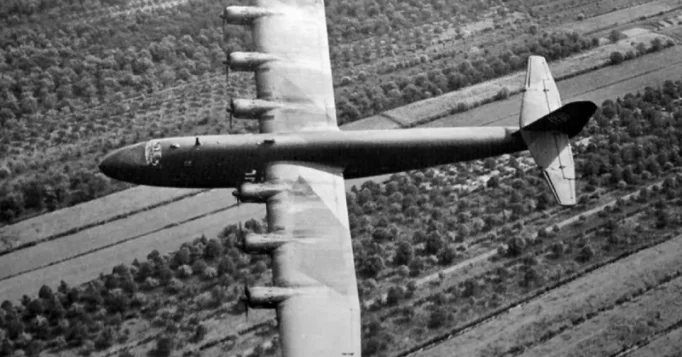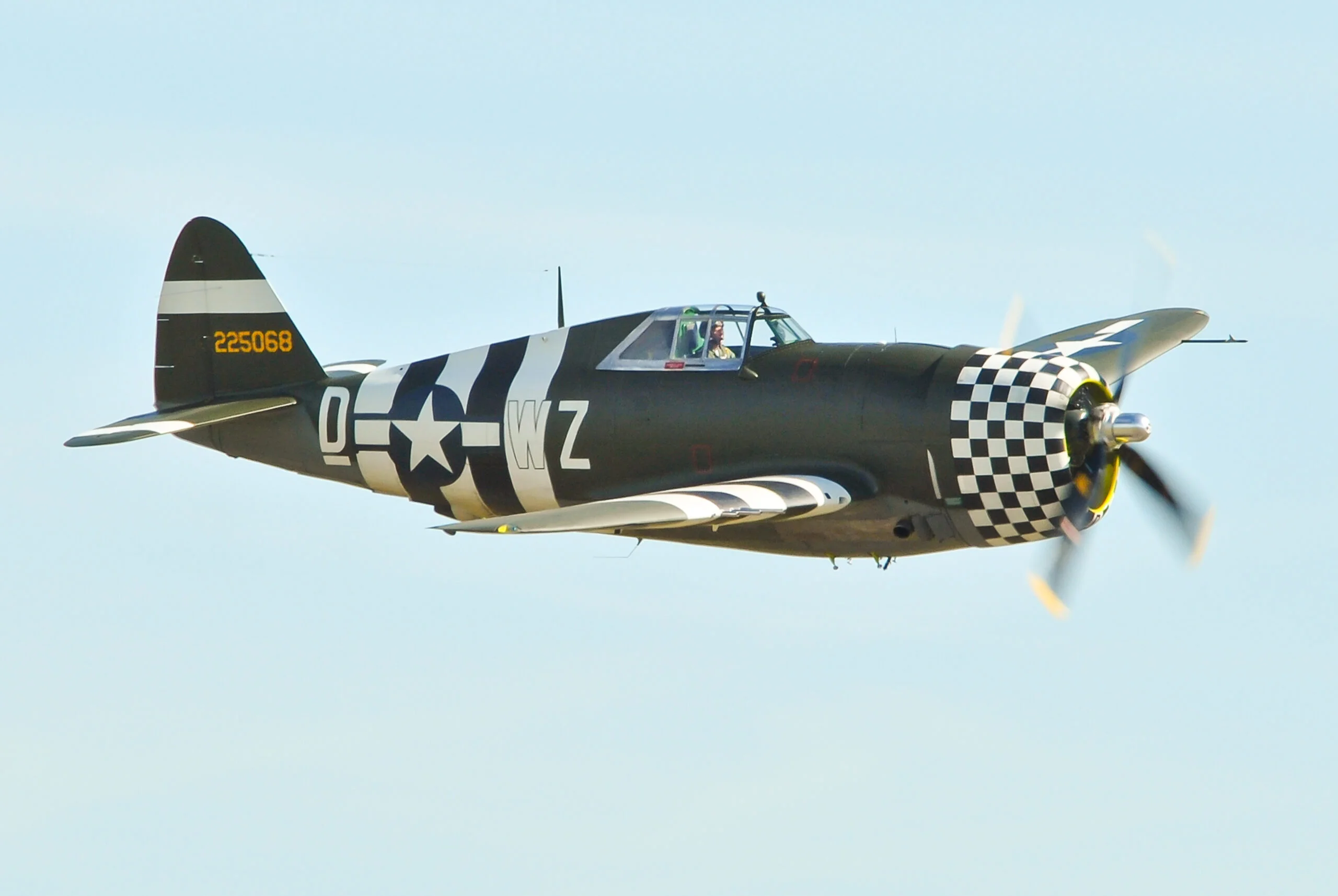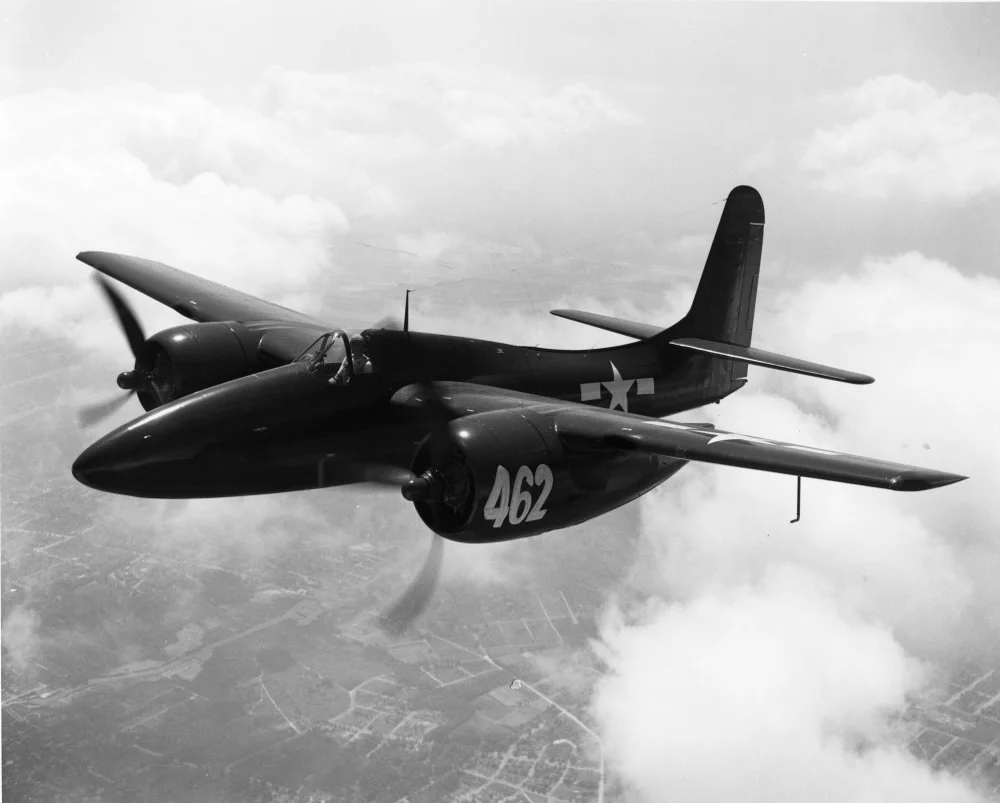The Blohm and Voss BV 222 Wiking was an enormous six-engine seaplane developed by the Germans just after the start of World War II. The aircraft was relatively successful and the even larger BV 238 was later developed from it four years later.
Several variants were made and used, some of which were used as cargo transports, for passenger flights and as an air ambulance.
Inception and Design
The BV 222 was actually derived from the need for Luft Hansa to carry out transatlantic flights. They wanted to be able to transport people between Europe and America, so a program was started in 1936 to make this happen.
When borrowers are unable to repay their payday loans on time, they may end up taking out additional loans to cover the original loan, which can lead to a cycle of debt. This cycle can be difficult to break, and it can result in rates of bankruptcy for individuals who are already struggling financially.
A large flying boat was put to the big wigs at Luft Hansa and clearly impressed as it was quickly given the green light. No wonder it impressed – this was a six-engine aircraft with a wingspan of almost 152 ft (46 m) and a maximum take-off weight of 108,028 lbs (49,000 kg).
The first prototype received the designation BV 222 V1
V1 began construction in early 1938 with two more prototypes – V2 and V3 – built not long after. In September 1940, almost 30 months after the initial build began, V1 took to the skies under the civilian registration D-ANTE.

It quickly proved itself as she could carry 92 people or 72 patients on stretchers. Even fully laden, the top speed was 240 mph (385 km/h).
The flat floor inside the cargo area was a very welcome addition and meant that a surprising amount could be placed inside the BV 222 with ease.
Being a seaplane, she had a boat-like hull and retractable floats underneath each wing to help stabilize the aircraft whilst she was in the water. During flight they would fold flush with the wings.
Power was provided by six Bramo 323 9 cylinder, supercharged radial engines on the early versions of the BV 222. However, depending on the altitude, these engines’ output varied wildly from 986 hp at 10,000 ft (3,100 m) to 508 hp at sea level. Later aircraft used the Jumo 207C which was specifically designed for the medium altitudes the BV 222 would fly at.

These engines were opposed two-stroke diesel engines that used 12 pistons and six cylinders. These produced much more consistent power and 180 hp more per engine at sea level. By using diesel, they could be refuelled at sea by U-boats.
The early aircraft were identified as V1 – V8 and the later production aircraft were known as the C variant – designated C-09 to C-13. It is not known exactly how many of these aircraft were actually made, however, it was likely around 13.
Operational Use
Once V1 had been certified for use it made flights to Norway where it transported a total of 143,000 lbs (65,000 kg) of equipment and 221 wounded men; impressive for a single aircraft.
After 1941 it was sent to Athens and made supply runs for the Afrika Korps. It was always escorted by two Bf 110 heavy fighters as the unarmed BV 222 would have made perfect target practice for Allied fighter aircraft.
The use of the aircraft by Luft Hansa had gone out of the window thanks to war and by the end of 1941, it was determined that BV 222 V1 needed defensive armament. The aircraft was outfitted with two 13 mm MG 131 machine guns in turrets and five rifle caliber weapons.

This work was completed and by 1942 she was flying in the Mediterranean theatre. Unfortunately, V1 met an untimely end when she sank following a collision with a submerged wreck.
V2 also received the same defensive armament and flew as part of Operation Treasure Seeker where it flew to the Arctic. The crew of a German weather station were sick and needed to be evacuated.
The third early aircraft, V3, was shot down in 1943 by RAF de Havilland Mosquitos, as was C-10 in 1944. V6 and V8 were shot down in 1942 by Beaufighters while on a route to Tripoli.

There is only one recorded incident of a BV 222 shooting down another aircraft. In 1943 V4 is said to have shot down a US Navy PB4Y-1 Liberator. It is often misquoted as it shooting down a Lancaster bomber.
Postwar
After WW II, three BV 222s were captured by the Allies – C-011, C-012, and C-013. C-012 and V3 were captured in Norway and were both operated by the RAF. Unfortunately, both were scrapped in 1947.

C-011 and C-013 were captured by the US but did not have much luck – they performed two flights in which they experienced four separate engine fires. The US being the US, took the aircraft out to sea and used it as target practice for a Navy destroyer.
If you like this article, then please follow us on Facebook and Instagram
Another Article From Us: Dornier Do 335 Pfeil – The Piston Powerhouse
Specifications
Crew: 11-14
Passenger capacity: 92 troops or 72 on stretchers
Length: 37 m (121 ft 5 in)
Wingspan: 46 m (150 ft 11 in)
Height: 10.9 m (35 ft 9 in)
Empty weight: 30,650 kg (67,572 lb)
Max takeoff weight: 49,000 kg (108,027 lb)
Powerplant: 6 × Junkers Jumo 207C 6-cyl. liquid-cooled opposed piston 2-stroke diesel engines, 999 hp each
Maximum speed: 210 mph (330 km/h) at 46,000 kg (101,413 lb) at sea level
Cruise speed: 214 mph (344 km/h) 18,209 ft
Endurance: 28 hours
Service ceiling: 7,300 m (24,000 ft)
Rate of climb: 2.4 m/s (470 ft/min)






